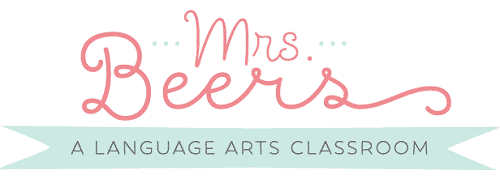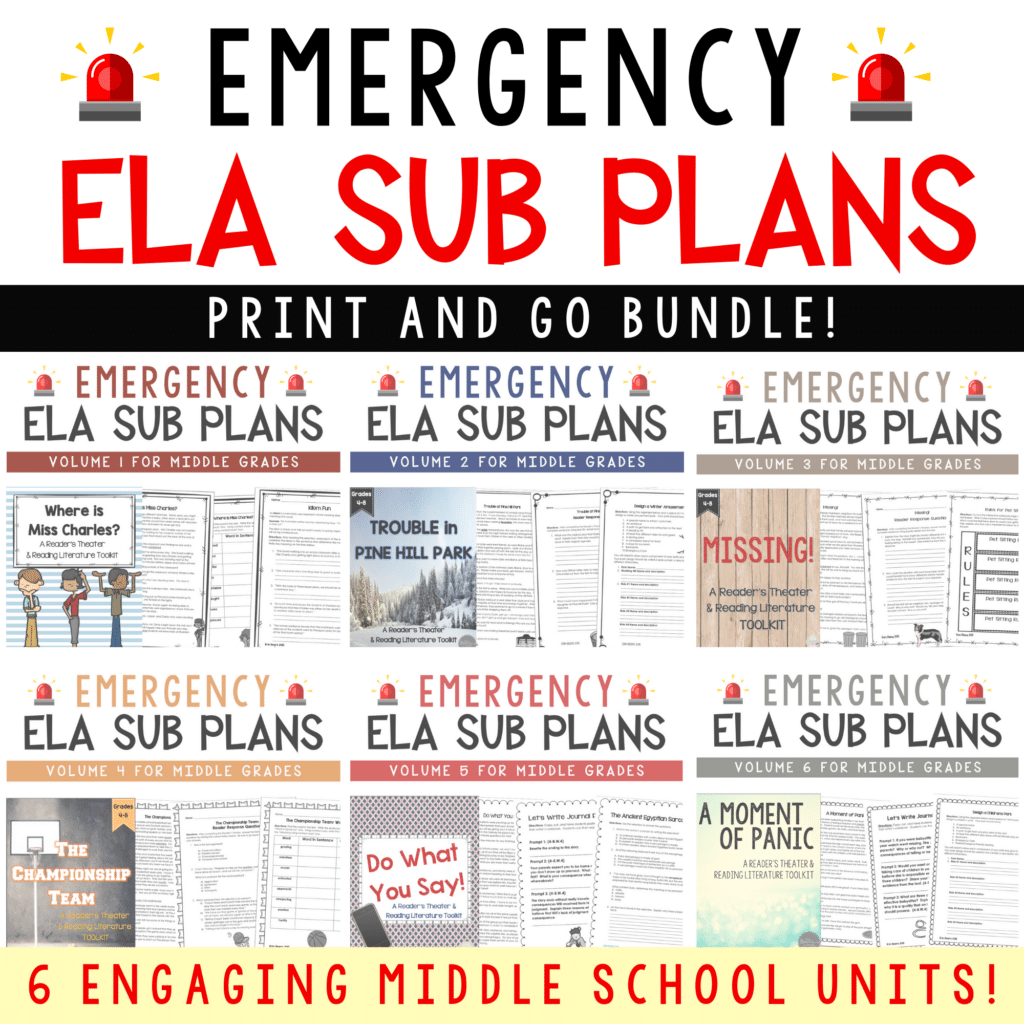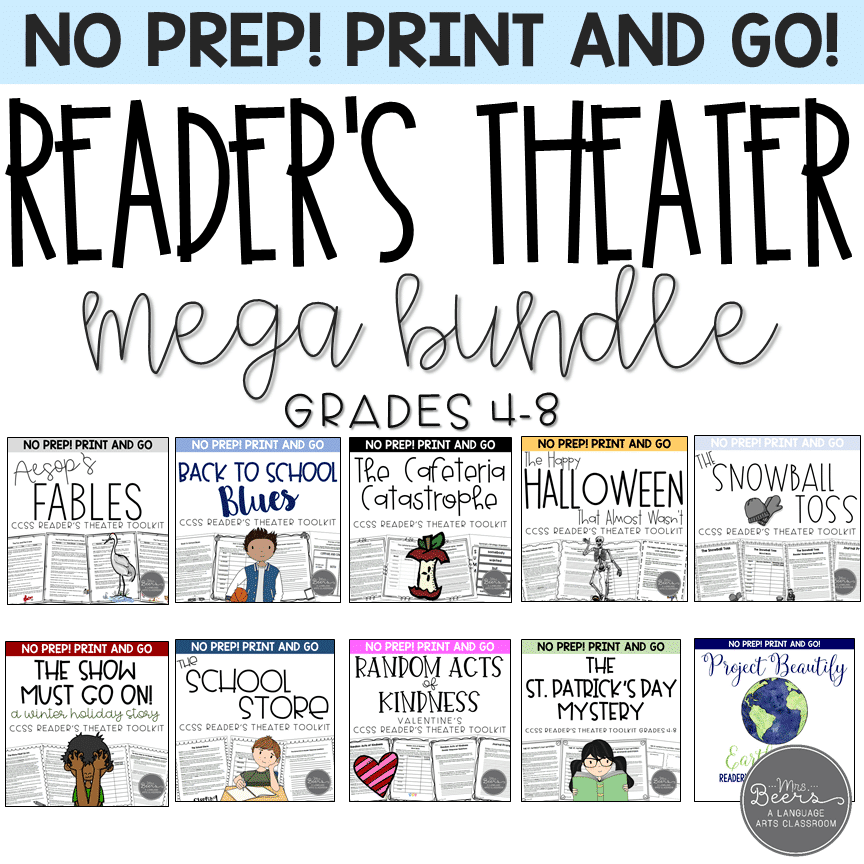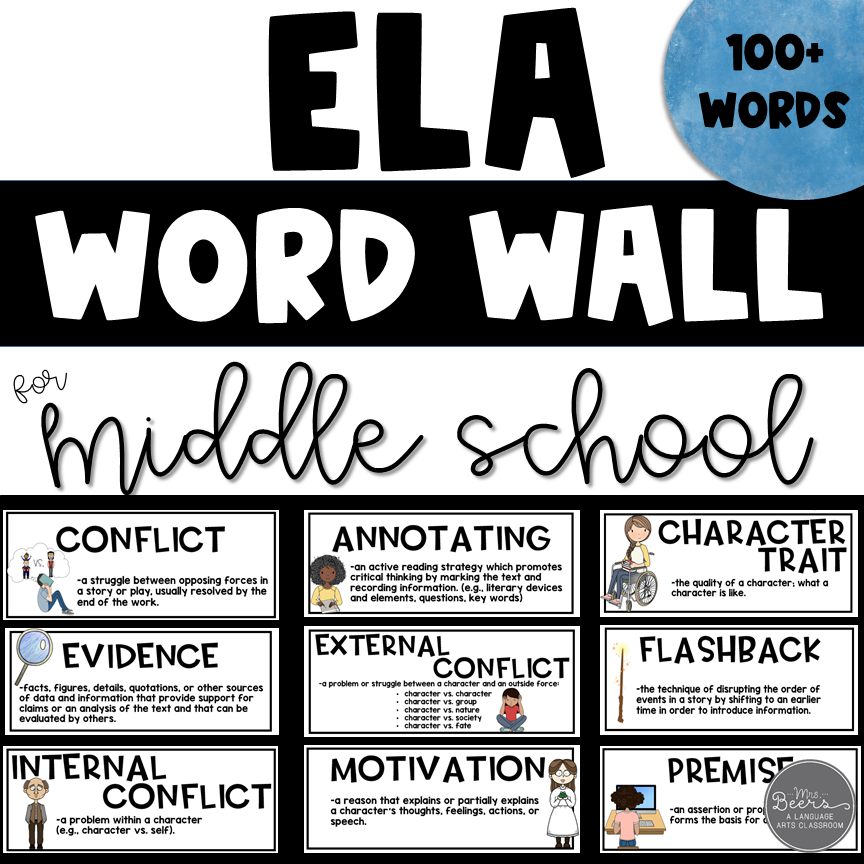Novel units are a HUGE part of my ELA classroom. I use them for whole class instruction, in small groups, and for independent reading. Novels provide a unique platform to encourage students to think more deeply about an author’s message. Through the characters, setting, and story elements, there are often several different themes to discuss. Readers who learn to uncover these connections are often more engaged in the books they read. This is an important step in developing lifelong readers.
While there many reasons to incorporate novels into middle school instruction, there are some key benefits to reading novels that often get overlooked. See below for my list for my favorites as an ELA teacher.
#1: Teaching and incorporating Reading Literature Standards through novels is SIMPLE!
Through novel units, I am able to incorporate so many components that can’t get fully taught with one page reading selections. Novels encourage rich discussion, context clue word work, and writing through written responses and student reflection. Even just one page or chapter can offer a chance to expand on character analysis, setting, imagery, and figurative language. In addition, those literary components are likely to spiral throughout the story, allowing me to review those standards and ideas to make sure students are grasping them. So rather than teaching the standards in isolation, novels provide the opportunity for authentic and thorough instruction.
#2: Genres are EASILY introduced through novels!
While realistic fiction is my own personal preference, I try to share as many different genres throughout our school year as possible. Through novel studies, I cover poetry, fantasy, realistic fiction, historical fiction, science fiction, mysteries, and autobiographies while helping students identify their own preferences as readers. By giving students the experience of reading various genres, they can form their own opinions about the novels they enjoy. I want my students to have a say about literature, specifically: What do they like best? What books will they gravitate towards when making personal selections in the library or classroom? What genres make them really excited to keep reading?

#3: Novels provide a sense of accomplishment!
Completing a novel from start to finish is an incredible feeling. There is a sense of accomplishment that readers experience after spending a period of time navigating a text. When students realize they possess the ability to focus and engage with a text from the first to last page, that feeling of competence encourages a repeat process. Students can’t wait to find another book to add to their reading log! My goal as an ELA teacher is to create lifelong reading learners. With the successful completion of a novel, students truly feel compelled to read more.
#4: Novels provide students with experiences to SHARE!
Reading gives us information. We can choose to keep that information to ourselves or share it with others. The characters and their experiences provide us with a new understanding and perspective that gives us something to consider and discuss with others. Novel discussions are some of my most memorable conversations with my students. In addition, I love when they recommend a book to a friend or parent that they have read in my class because they can’t wait to discuss what has happened. Reading novels provides students with insights and knowledge that they can take away and examine with other readers.
#5: Novels provide a better understanding of the human condition.
Middle school students believe they are the center of the universe! Yup, I said it! It is important to share stories that these self-focused students recognize can be true to life for those REAL people around them. Novels have the ability to share a plot and theme that resonates with students, in order to make them more understanding and empathetic toward others. I love when my students can say, “I feel so sorry for…” or “I was so excited for the narrator when…”
How I utilize novels in my classroom…
I create novel study units for the books I share with students in order to help them better navigate the novel. I print out all of the student pages (student pacing guide through the journal prompts), hole punch the packet, and then have students place it in their reading binder. We will utilize these novel unit packets daily until we complete the novel. I will collect them at different times throughout the novel in order to evaluate my students’ work.
Different years bring different students, so while I may read a text as a whole-class novel one year, it may not work with my next crew, so I may utilize it in small groups. I always have to modify based on the level of my current students. We may answer chunks of questions together, and I may eliminate questions that my students have to answer; it all depends on my group.
You know your students better than anyone else, so adjust your novel study curriculum to match your students’ needs. I have created many novel units, and my goal with each one is to include everything I might need to teach the novel effectively. Use the links below to check out some of my post popular novel units on TPT…
Among the Hidden by Margaret Peterson Haddix
Freak the Mighty by Rodman Philbrick
Maniac Magee by Jerry Spinelli
Bud, Not Buddy by Christopher Paul Curtis
Best of luck as you tackle novel units with your middle school readers! They are the essential tools to keep in your ELA teacher’s toolbox!








